Just when I thought I knew something about grapes, I realized that I was wrong. I’ll be forever a wine newbie, but I’m happy about that. Today, I’ll tell you why.
I’m now working on Chapter 4 of the SWE textbook, I’ve begun reading another textbook that focuses on Italian grapes, plus any other wine literature that captures my attention. I’ve discovered that the root (pardon the pun) of my growing interest in wine is vested in viticulture (or wine growing.) However, the more I read, the more I’m stumped. Pardon the second pun.
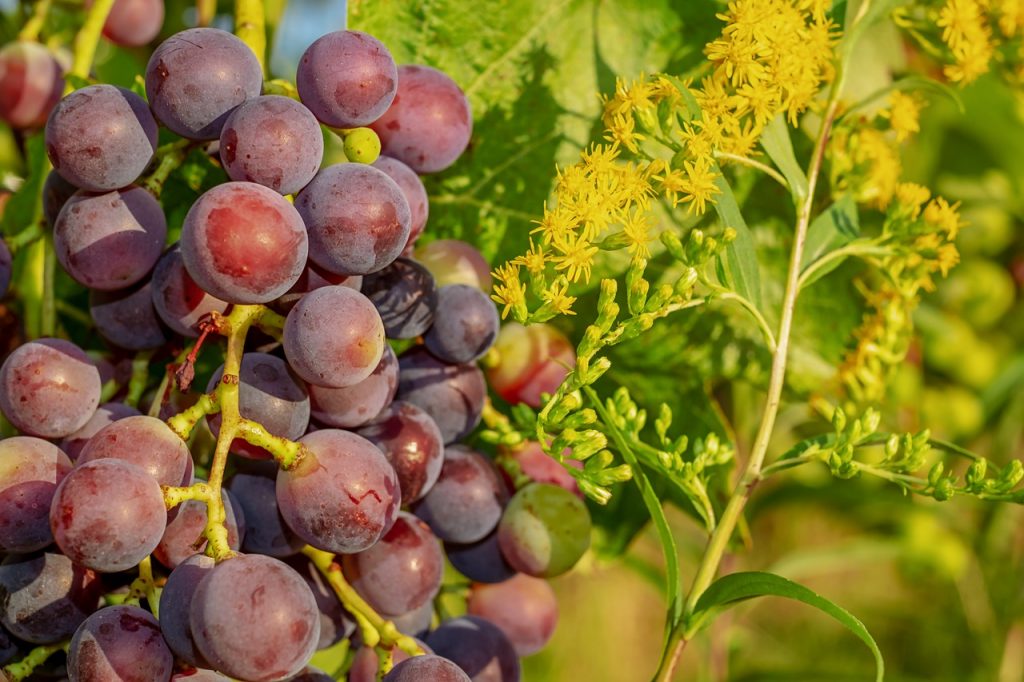
G is for…
Grapes: Did you ever wonder why wine comes from grapes and not apples or cherries? For one reason, no other fruit has so many varieties that are grown commercially. And, within the varieties, grapes develop different characteristics based on factors such as soil, climate and the way they are cultivated and harvested aka “viticulture.” Then, you have to examine all of the factors involved with fermentation, aging etc. There are so many variables in the evolution of that little bundle of juice!
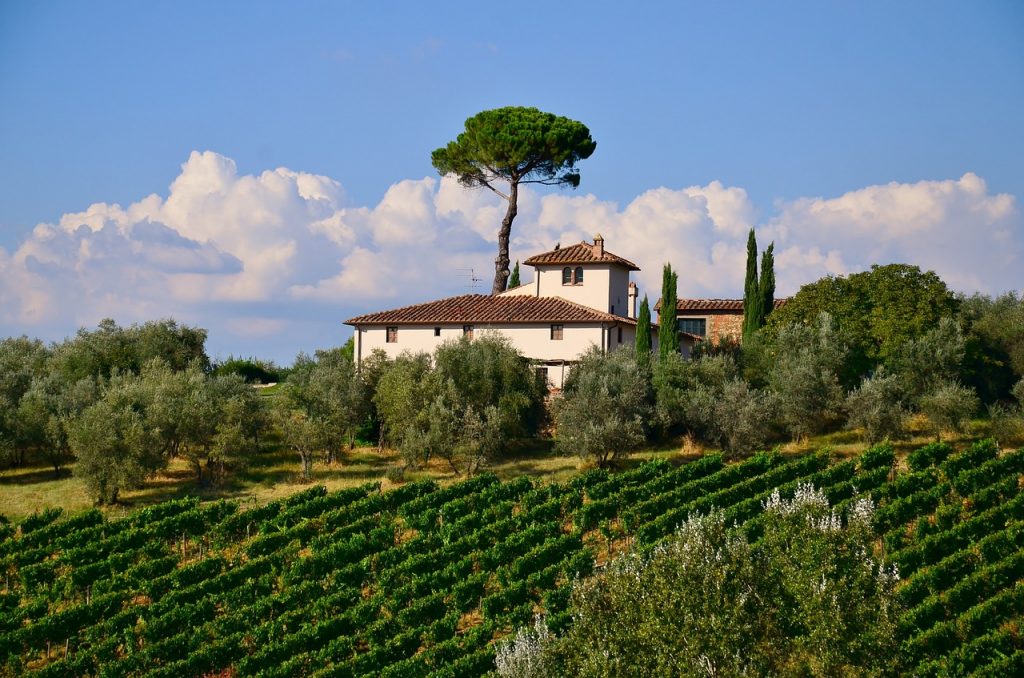
Gargantuan: In Italy, there are 590 indigenous grapes for wine and more than one million vineyards. Yes, just in Italy. You can get the global picture here. It’s gargantuan.
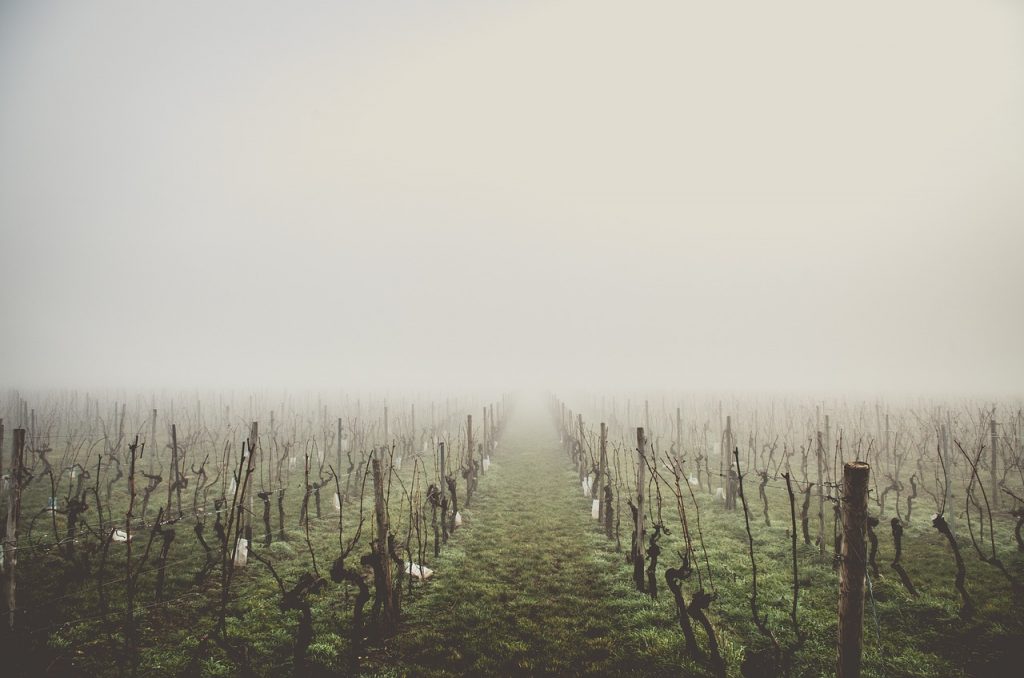
Genetics: As you dive into the sea of wine knowledge, you may find yourself like me drowning in terminology: clone, hybrid, grafting, mutation, cross, etc. Now, the wine scholars may not appreciate my oversimplification of wine, but when it comes to genetics, I’ve broken it down to three major branches of understanding:
(a) Science: If a wine grower wants to attempt to keep producing a successful wine-making grape, reproduction can’t be left to the “birds and the bees.” Among other factors, he/she may rely on cloning or what I like to think of as the single parent, vine child. Read more about clones here.
(b) History: I’ll get more into today’s wine shortly, but genetic studies of grape varieties have disrupted some popular assumptions. For example, Italian grapes thought to have originated in Greece may in fact, not have. It could have been a marketing tactic during a time when Greek wine was thought of as superior to Roman wine. I’m not making this up. Jancis Robinson, one of the world’s most respected wine critics and journalists has presented this DNA focused argument found here.
(3) Research: Climate change and an ongoing need to manage diseases with the least amount of chemicals possible, depends upon grape genetics research while avoiding GMOs. In March, Wine Spectator wrote that the federal government is allocating 68.9 million to build a grape-genetics research lab.
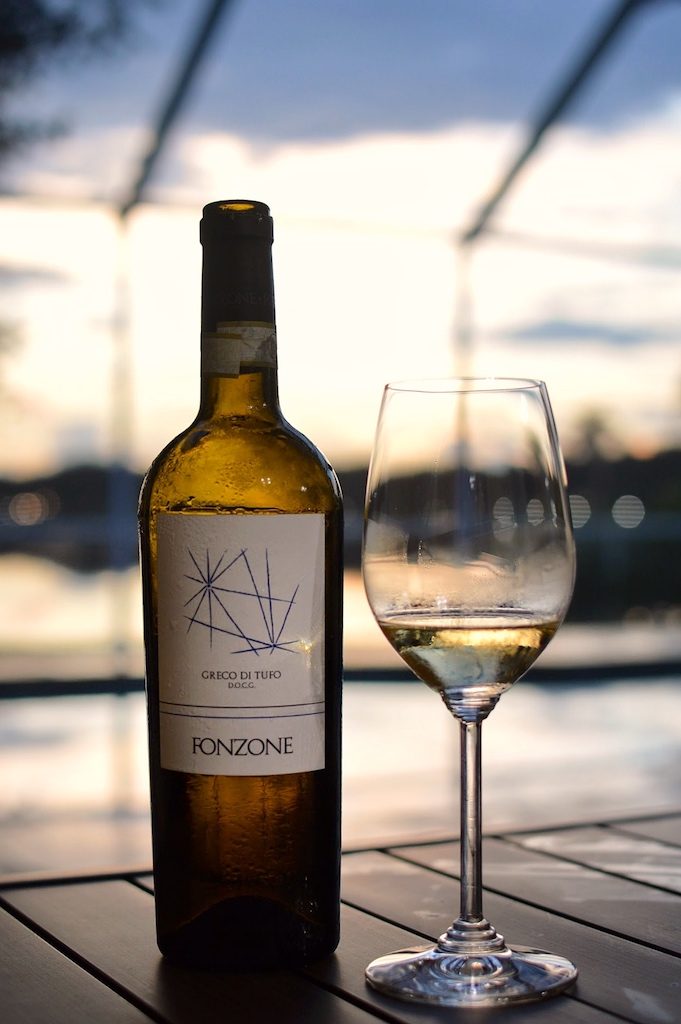
The Wine: Fonzone, Greco di Tufo 2017
Now here’s when things get really interesting (or confusing.) Greco is a grape variety or type and Greco di Tufo is the name of the denomination in Campania. There’s a bunch of other grapes (not another pun?) that sound like Greco, but are not related, genetically speaking. Straying from the letter ‘g,’ Malavia di Lipari is apparently the exact same as Greco Bianco that’s not related to the Greco. Greco Bianco is a grape. Greco di Bianco a denomination. And neither has anything to do with today’s wine. Got it?
The Greco grape of Greco di Tufo, is the oldest grape variety of the province of Avellino in the Campania region of southern Italy. If you ignore the Jancis Robinson article referenced above, Google’s highest ranking articles say that it was imported from the Greek region of Thessaly by the Pelasgian peoples.
FACT: Foreigner didn’t sing it first! A fresco at Pompeii that traces back to the 1st century B.C. has an inscription that says: “You are truly cold, Bytis, made of ice, if last night not even Greco wine could warm you up.”
When learning about a new wine, here’s the part I love the most: how the technical data paints a sensorial picture.
The Fonzone Greco di Tufo is made of 100% Greco from Santa Paolina and harvested in early October. SOIL: sandy clay with veins sulphurous underlying; ALTITUDE: 500 m above sea level; EXPOSURE: south-west; YEAR OF PLANTATION: 1994; PLANTING DENSITY: 2600 stumps per hectare; VINE TRAINING SYSTEM: espalier; PRUNING: Guyot
A brief understanding connects your glass to its territory. Do some more research and you’ll find out how all of these conditions affect the final product.
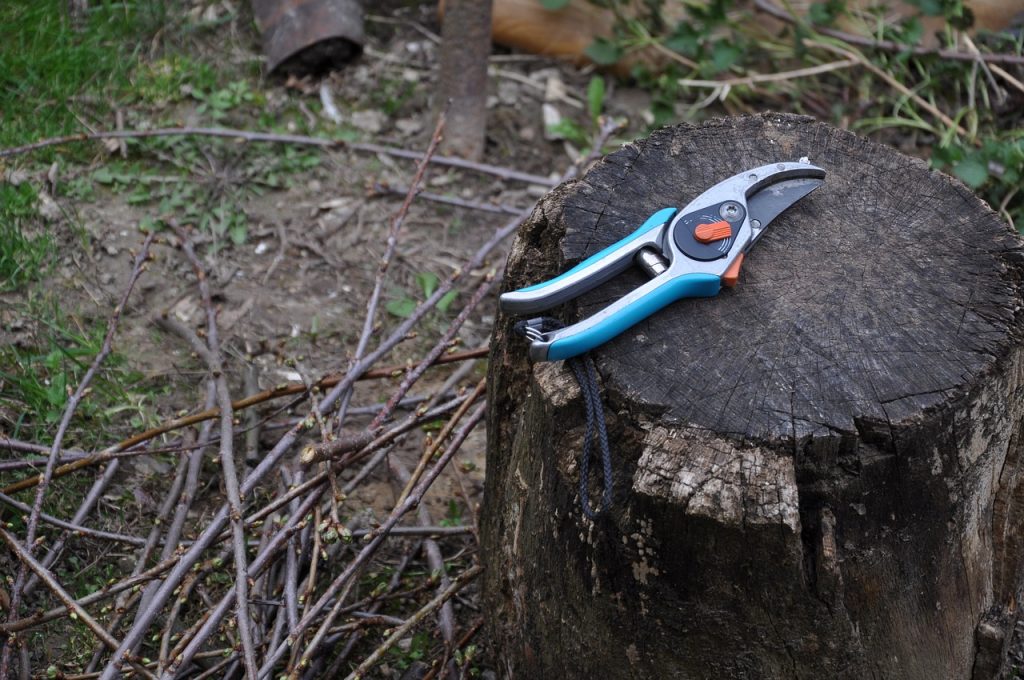
Since we’re playing with the letter ‘g,’ I’ll go briefly into the term “Guyot.” Vines as you know when left to their own devices will run amuck. High quality grape production is the direct result of proper pruning. Guyot also called cane pruning, is named after Dr Jules Guyot, a 19th century French scientist. Simply put, all old growth is cut back to leave either one cane (single Guyot) or two (double Guyot.) Canes are shoots that have reached about one year. This process is labor intensive and can only been done by hand. This technique is used by some of the world’s most prestigious wine growing regions. Read more about pruning techniques here.
I really liked the Fonzone, Greco di Tufo. To me, it was like biting into a luscious piece of pineapple, although the wine is not sweet. Its golden hue is like a perfect summer day.
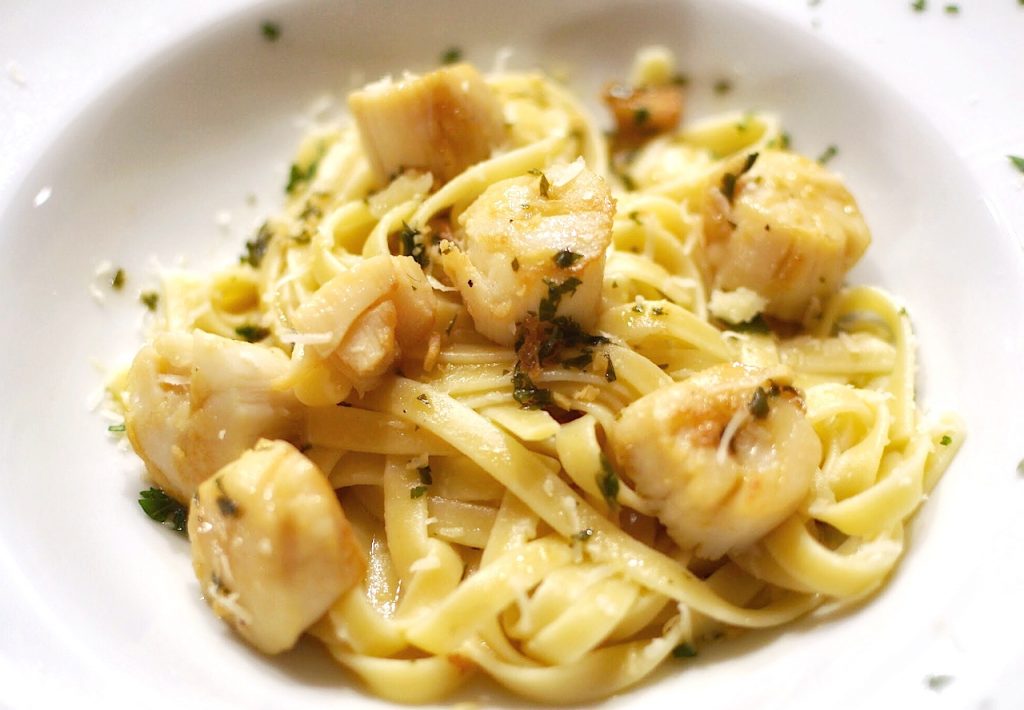
The Dish: Scallops in a White Wine Sauce
I wanted to make steamed clams in wine, but couldn’t find fresh clams. I felt the recipe needed to be as simple as possible:
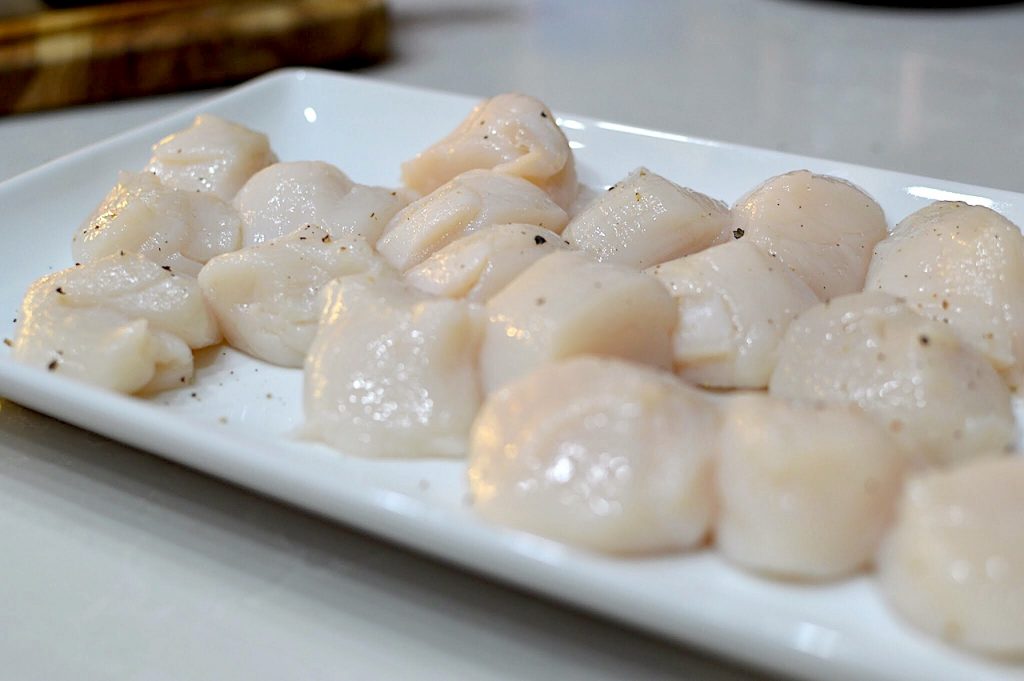
Sear the scallops in olive oil and then add ½ cup of wine (I used the Greco di Tufo);
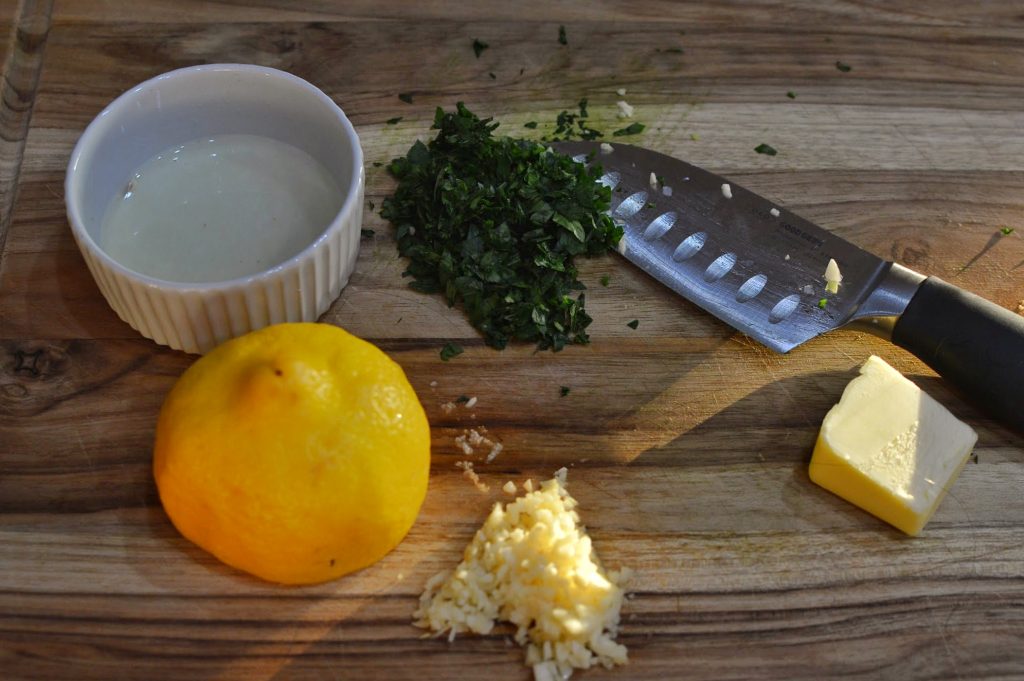
Remove the scallops and make the sauce from 1 ½ cups of wine, 1 tbsp of lemon juice and minced garlic; reduce the liquid by half and them add 1 tbsp of butter and chopped parsley.

G is for Gratitude
When it comes to wine, there’s an infinite amount of information out there shared through wine critics, journalists, scientists and the ever so popular, Instagram influencer. While I respect all of these positions (except maybe the latter), my study goal is not to become one of them.
I’m not interested in ratings or tasting notes other than guides to help me associate and classify my knowledge. Take some time to read an argument on this point written by my wine hero, Eric Asimov.
I am grateful for the ability to learn and totally comfortable in my place as student rather than expert. I can make mistakes and that’s okay, rely on just good judgment or instincts and process facts, but not be absorbed by them. Or, I can say that wine is yummy and leave it there.
It took me four years to paint like Raphael, but a lifetime to paint like a child. ~ Pablo Picasso
Until next time, swirl your glass with gratitude. A story from the earth will rise to your nose. It’s there to discover: forever a wine newbie.
NOTE: If you can’t make it to Calabria, you can find the Fonzone Greco di Tufo at Wine by the Bay.
